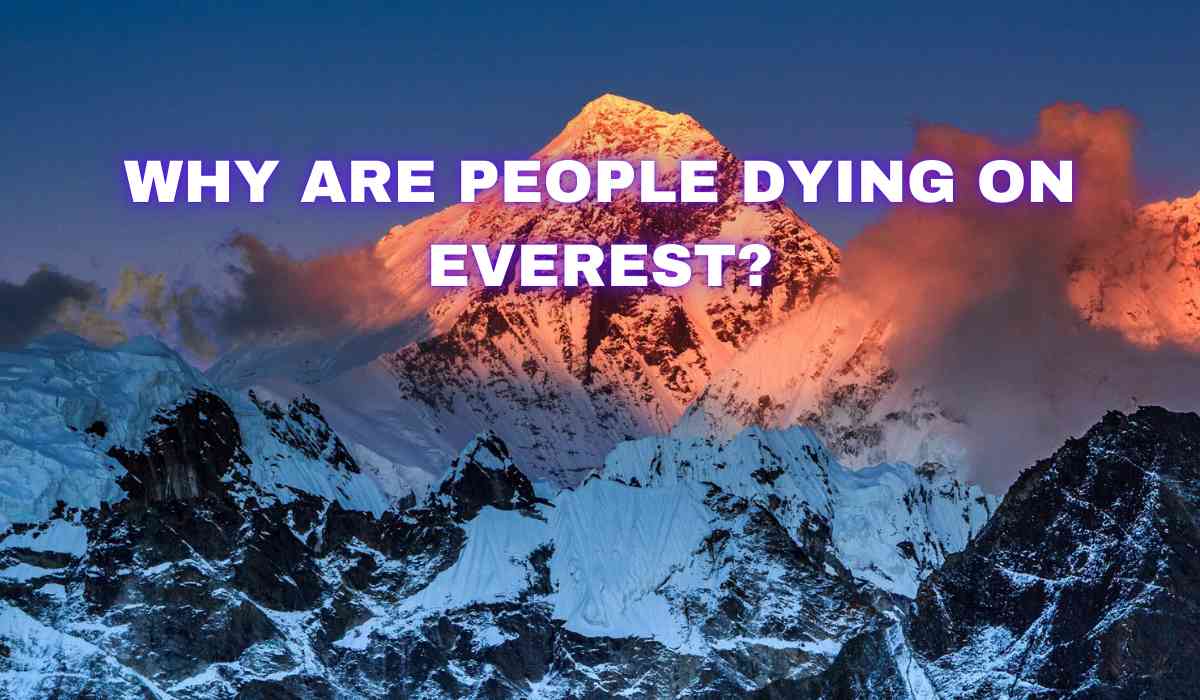Another tragic loss has occurred on Mount Everest this year.
An Indian climber, Banshi Lal, 46, succumbed to his injuries in a hospital on Tuesday, marking the eighth fatality on the world's highest peak in 2024. Lal was rescued from the mountain last week and hospitalized for treatment, but sadly, he did not survive.
"He passed away at the hospital yesterday," confirmed Rakesh Gurung of the tourism department to AFP.
This brings the total number of climbers who have perished on Everest this year to eight, including a British climber and guide who are presumed dead.
Last year saw a record 18 fatalities on the mountain, the highest number ever recorded.
But what makes Everest so dangerous? Is overcrowding a contributing factor?
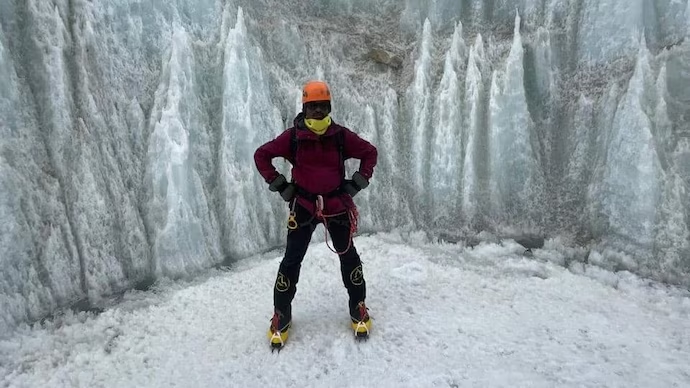
A brief look of Everest
Let's begin with a brief overview of Everest.
Mount Everest towers at an impressive height of 8,849 meters above sea level.
This year commemorates the 71st anniversary of Tenzing Norgay and Sir Edmund Hillary's historic ascent to its summit.
Since then, Everest has witnessed numerous successful climbs, totaling over 6,600 by December 2023. Annually, hundreds of individuals endeavor to conquer its formidable peak.
According to The Conversation, climbers dedicate years to preparing their bodies for the challenge, engaging in rigorous training, utilizing altitude tents, and simulating low-oxygen conditions in chambers.
Moreover, they tackle other peaks exceeding 6,000 meters as part of their preparation regimen.
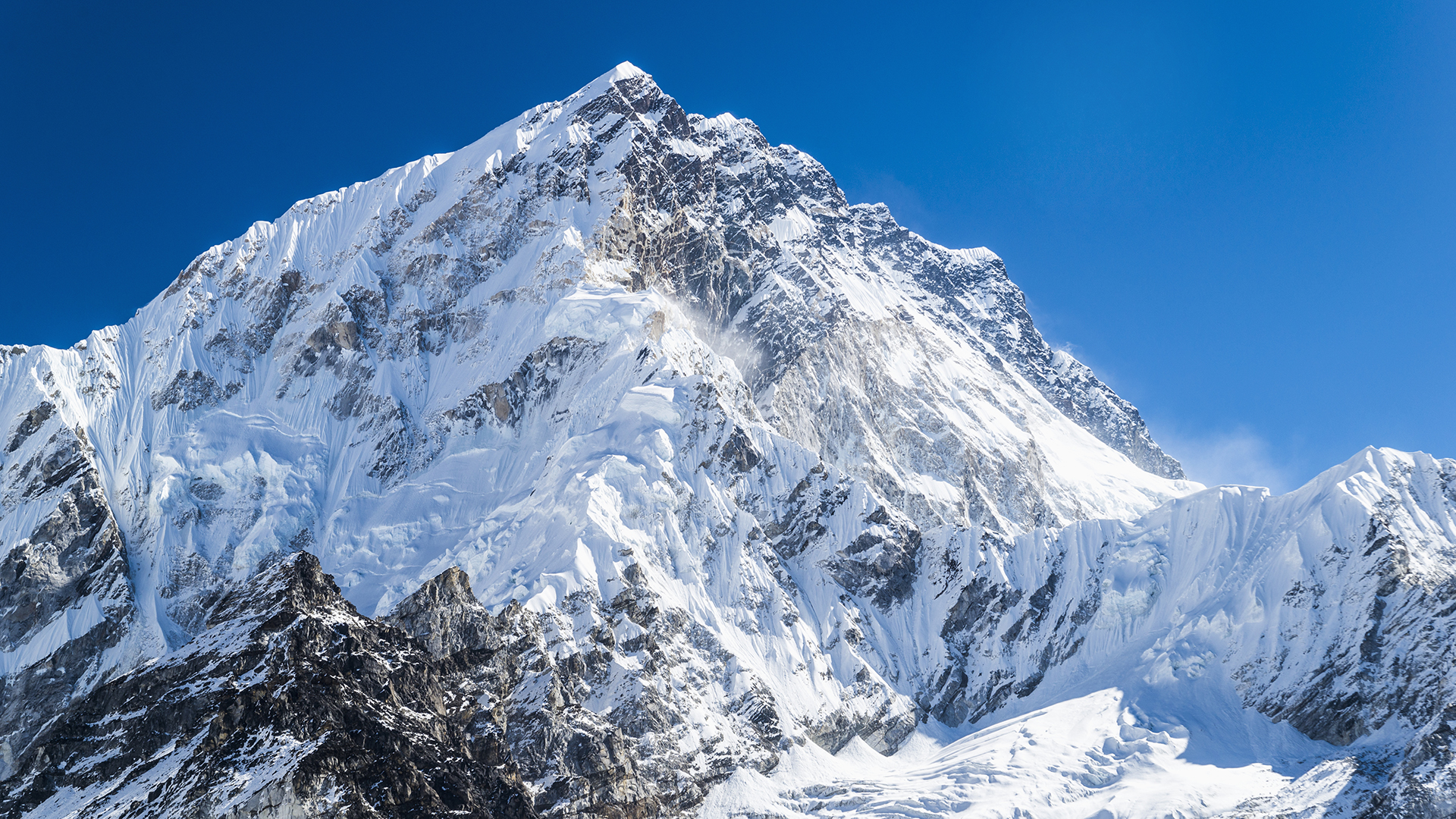
Harsh Conditions on Everest
Experienced climbers emphasize the unparalleled challenges awaiting those who attempt to conquer Mount Everest. CNN reports that the mountain's conditions are notoriously brutal.
-
Brutal Environment:
-
Thick, opaque clouds dominate the sky.
-
Feezing winds propel snow at speeds reaching 160 kilometers per hour.
-
Temperatures plunge to a bone-chilling -1 degree Celsius, creating an environment fraught with peril.
-
The mountain's treacherous nature is further compounded by life-threatening snowstorms and avalanches.
-
-
Dr. Jacob Weasel's Experience:
-
Trauma surgeon Dr. Jacob Weasel recounted his own Everest ascent, undertaken in May following a year of rigorous training.
-
Despite his preparation, Weasel confessed to being unprepared for the physical demands of the climb.
-
He described how even simple tasks, like taking five steps, necessitated prolonged pauses to catch his breath.
-
Weasel highlighted the severe consequences of altitude sickness, stating that unacclimatized individuals would swiftly succumb to its effects, risking coma and death within minutes.
-
-
Acclimatization Process:
-
Recognizing the critical role of acclimatization, climbers typically spend multiple days at base camp before attempting the summit, repeating the process.
-
Immediate placement at the high camp without acclimatization could lead to coma within 10 to 15 minutes and death within an hour due to low oxygen levels.
-
-
Oxygen Levels:
-
At base camp, oxygen is about half of what it is at sea level.
-
At the summit, oxygen levels drop to under 30 percent.
-
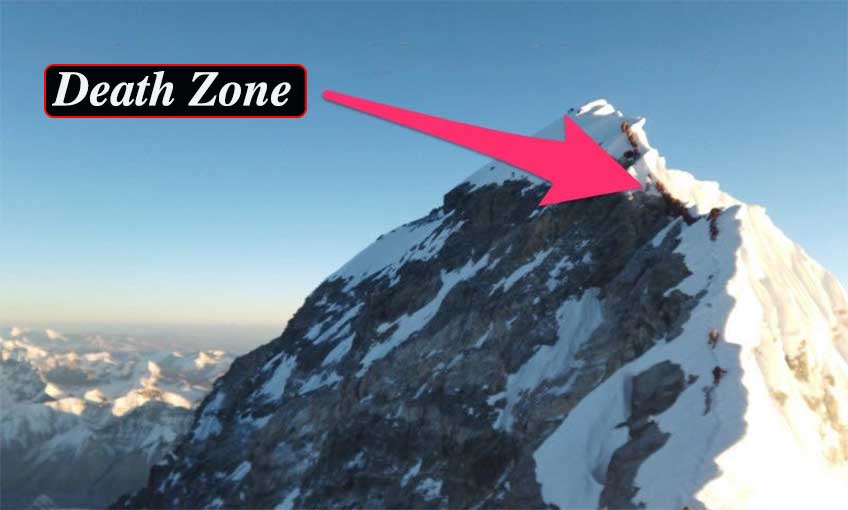
Mountain of Death
-
Fatalities on Mount Everest:
-
At least 322 people have died on Mount Everest, according to ABC, referencing data from The Himalayan Database, which tracks incidents from 1922 onwards.
-
This equates to an average of approximately 4.4 deaths per year.
-
Since 2000, the average annual death rate has increased to 6.4.
-
-
Common Causes of Death:
-
Avalanches and Falls: These are the leading causes of fatalities on Everest.
-
Acute Mountain Sickness (AMS): AMS is prevalent among climbers and can lead to severe complications.
-
Exhaustion and Non-AMS Illnesses: Fatigue and other illnesses not related to AMS also contribute to deaths.
-
Exposure to Elements: Harsh weather conditions and exposure can be fatal.
-
-
High-Altitude Risks:
-
High-Altitude Pulmonary Edema (HAPE): Fluid accumulates in the lungs, causing breathlessness and a dry cough that may produce foamy, pink sputum (The Conversation).
-
High-Altitude Cerebral Edema (HACE): Excess fluid in the brain can cause severe headaches, confusion, dizziness, loss of balance, and can lead to coma or death.
-
-
Personal Accounts:
-
A climber named Weasel shared his experience with CNN, describing auditory and visual hallucinations due to oxygen deprivation, where he heard voices of friends and saw faces of his children and wife emerging from the rocks.
-
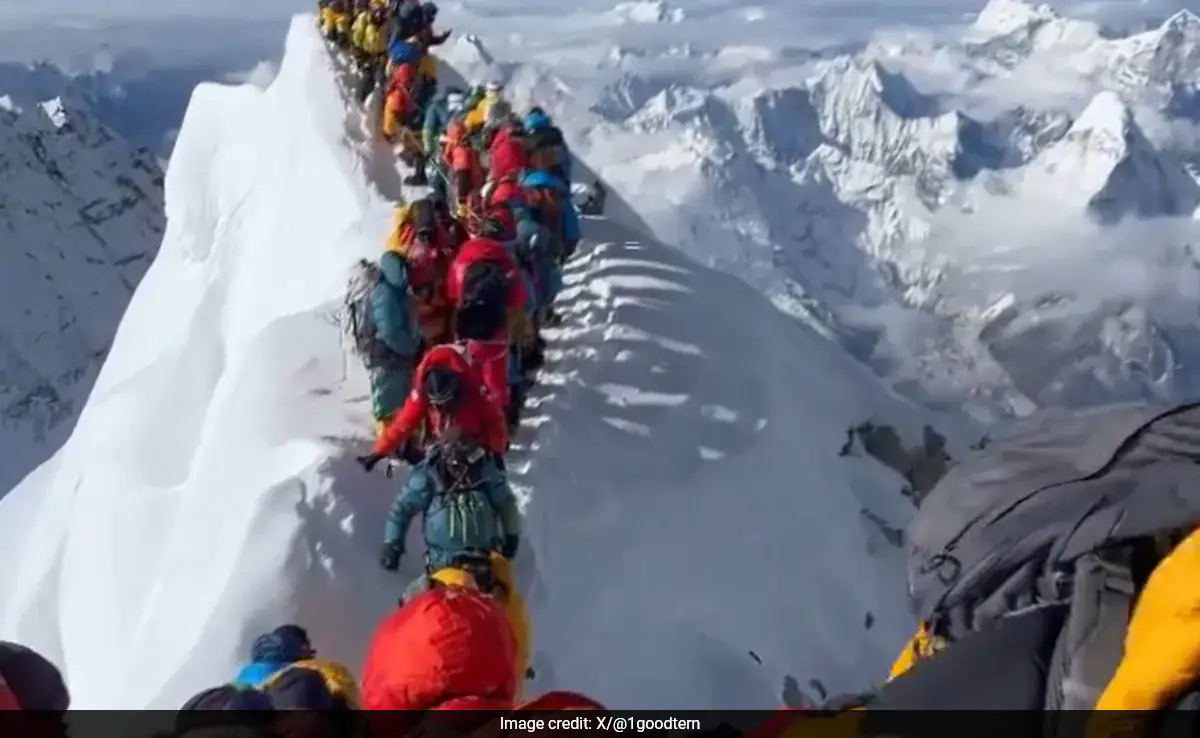
Concerns About Overcrowding on Everest
-
Record High Fatalities in 2023: The year 2023 saw the highest number of deaths on Mount Everest, with 18 climbers losing their lives.
-
Impact of Climate Change:
-
Yuba Raj Khatiwada, the director of Nepal’s tourism department, attributed these deaths largely to climate change.
-
Khatiwada stated that unpredictable and unfavorable weather conditions were significant factors this season.
-
-
Government's Role and Criticism:
-
The Nepalese government issued a record 479 climbing permits, each costing Rs 12 lakh, which is a substantial income source for the country.
-
Despite criticism, Khatiwada denied that overcrowding was a factor, explaining that a longer climbing season contributed to the increased number of climbers.
-
-
Views from the Climbing Community:
-
Ang Norbu Sherpa, president of the Nepal National Mountain Guide Association, argued that too many permits are being issued.
-
He noted a shift from experienced climbers to a surge of novices attempting the climb.
-
-
Allan Cohrs, a professional mountain guide, emphasized the dangers of allowing inexperienced climbers on Everest.
-
He warned that novice climbers pose risks not only to themselves but also to Sherpas, guides, and other climbers.
-
Cohrs advocated for climbing to be driven by passion rather than being a mere bucket-list goal.
-
-
-
Concerns About Safety and Experience:
-
Alan Arnette, an experienced mountaineer, pointed to the inexperience of many climbers as a root cause of the high death toll.
-
He criticized guide companies for having no experience requirements and abandoning clients in dangerous situations.
-
Arnette highlighted instances where clients were left alone on the upper mountain, with some still unaccounted for.
-
-
As we reflect on the recent tragedy on Everest, it serves as a somber reminder of the risks and challenges that come with attempting to conquer the world's highest peak. Mount Everest demands respect, caution, and meticulous preparation from those who dare to venture into its unforgiving terrain.
With inputs from agencies
Image Source: Multiple agencies
© Copyright 2024. All Rights Reserved Powered by Vygr Media.

